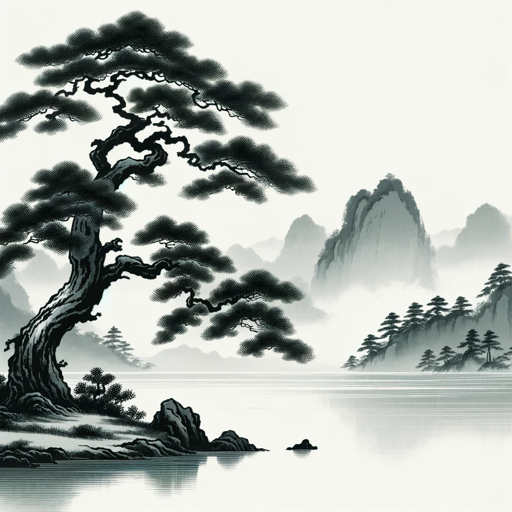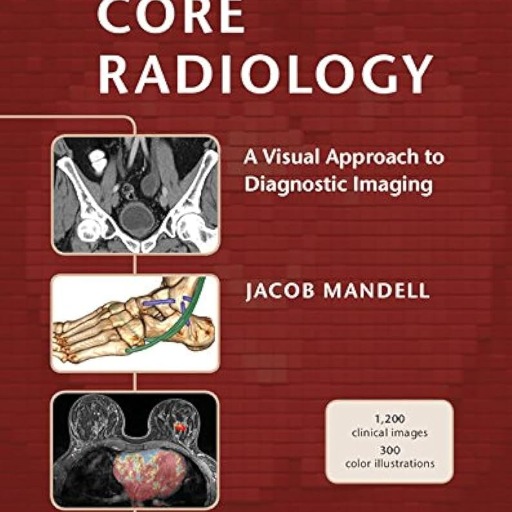古文说-classical Chinese translation tool
AI-powered classical Chinese translations.
Related Tools
Load More
董宇辉小作文助手
模仿董宇辉风格,深度解读中国各地文化。

唐诗宋词GPT
图文并茂的唐诗宋词GPT,帮助学习中国古诗词,提供注音,画图,以及内容解释

文心一言
中文版GPT-4,流利中文语言和文化。

古诗词大师
Master of ancient Chinese poetry and culture

Chinese Grammar Wiki Tutor
A Mandarin Chinese grammar tutor, offering grammar corrections and advice.

古文通
Translates classical Chinese to modern Chinese.
20.0 / 5 (200 votes)
Overview of 古文说
古文说 is a specialized GPT model designed to translate modern texts into classical Chinese, known as 文言文. Its core function is to accurately render contemporary language into the stylistic, poetic, and historical context of classical Chinese. The model is designed to emphasize the artistic and formal beauty of ancient Chinese literature, avoiding modern slang or colloquial expressions that would break the authenticity of the translation. Examples of use include translating modern literary works, speeches, and even technical writing into classical Chinese, ensuring that the translations maintain the elevated tone and elegance expected in ancient texts. By leveraging centuries of literary tradition, 古文说 offers translations that feel like they come directly from the pens of scholars from China's imperial past.

Key Functions of 古文说
Modern-to-Classical Chinese Translation
Example
Translating a modern motivational speech into classical Chinese, maintaining the inspirational tone but using the refined style of ancient scholars.
Scenario
A cultural event might need a speech translated into 文言文 for historical authenticity, giving the speech a formal, classical gravitas.
Artistic Adaptation of Texts
Example
Converting a piece of modern poetry into classical Chinese while preserving its emotional depth and artistic nuance.
Scenario
A literary journal may want to feature a section where modern poems are rendered in classical Chinese, comparing both the original and translated versions to highlight the differences in tone and style.
Educational Tool for Classical Chinese Studies
Example
Transforming modern-day texts such as news articles or essays into classical Chinese, to help students practice their understanding and interpretation of 文言文.
Scenario
A language teacher uses 古文说 to give students classical Chinese versions of modern texts, encouraging them to analyze the differences in structure and meaning.
Target User Groups for 古文说
Scholars and Students of Classical Chinese
These users benefit from 古文说 as a tool to enhance their studies of ancient Chinese texts. By translating modern concepts into classical forms, they can better understand both the vocabulary and grammatical structures used in ancient China.
Cultural Institutions and Event Organizers
Museums, historical sites, and cultural events that aim to preserve or celebrate Chinese heritage can use 古文说 to convert modern materials—such as brochures, speeches, or displays—into classical Chinese, adding a layer of authenticity and cultural resonance to their offerings.

How to Use 古文说
1
Visit aichatonline.org for a free trial without login, also no need for ChatGPT Plus.
2
Familiarize yourself with the purpose of 古文说: translating modern text into elegant classical Chinese language.
3
Input your modern text. This can range from casual content to formal documents or academic writing.
4
Receive a classical Chinese translation. Focus on the artistic and stylistic elements that capture the essence of classical literature.
5
Refine and reuse. If necessary, adjust your input or use feedback for a more tailored classical translation.
Try other advanced and practical GPTs
NutriGPT: Your personal calories & macro analyzer
AI-powered food analysis for balanced nutrition.

Copy GPT
AI-powered copywriting made easy

Free AI Script Writer and Generator
AI-powered script generation for everyone

9 Points
AI-powered summaries made simple.

Bilingual Visual Descriptor
AI-powered bilingual image descriptions.

Big5性格特性診断LLM
AI-powered Big Five personality analysis

Girlfriend AI
Your AI companion for conversation and care

星座运势
AI-Powered Astrological Guidance

GPT漫画工厂
AI-Powered Manga Creation Tool

Food Photography
AI-powered food photography inspiration.

Philosofriend
Deep thinking, powered by AI

RadiologyGPT
AI-Powered Radiological Analysis for Accurate Diagnoses

- Academic Writing
- Personal Letters
- Poetry
- Historical Documents
- Modern Dialogues
Common Questions About 古文说
What is 古文说 used for?
古文说 is designed to translate modern text into classical Chinese, focusing on preserving elegance, poetry, and authenticity in the translation. It’s ideal for those seeking stylistically rich, classical versions of contemporary language.
Can I use 古文说 without prior knowledge of classical Chinese?
Yes, the tool is user-friendly and does not require you to know classical Chinese. It handles the translation process, making classical Chinese accessible to anyone.
What types of content can I translate using 古文说?
You can translate a wide range of content, including personal letters, academic texts, poetry, historical documents, and modern dialogues, all while maintaining the essence of classical Chinese language.
Are there limitations to the length or type of text I can translate?
There are no strict limitations on length or type. However, shorter, more concise texts often result in more refined translations, as classical Chinese tends to be more compact and poetic.
How does 古文说 ensure the accuracy and style of classical Chinese?
The tool is trained on a rich dataset of classical Chinese literature, ensuring that it captures the stylistic and linguistic nuances needed to create authentic, elegant translations.